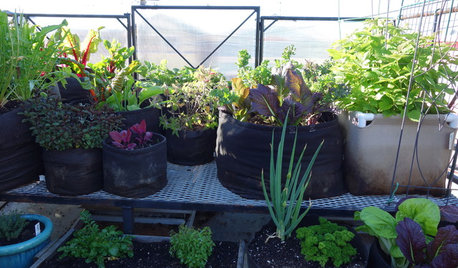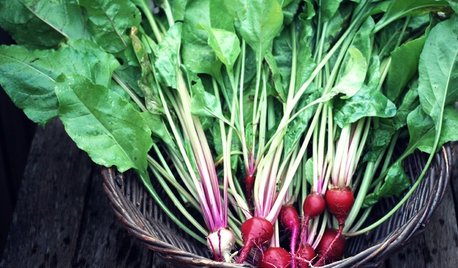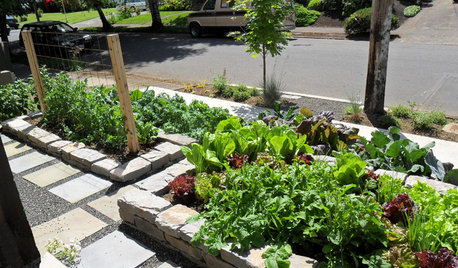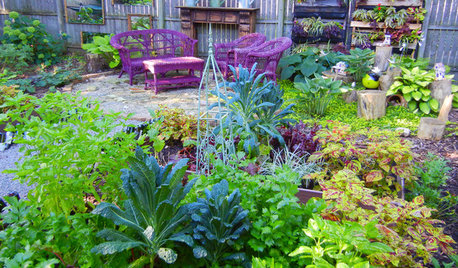Are most mustards edible?
bramble_farm
18 years ago
Related Stories

FARM YOUR YARDAn Urban Greenhouse Overflows With Edibles
Making meals just means stepping into the yard for a San Francisco couple who revamped an old orchid house
Full Story
EDIBLE GARDENS8 Last-Minute Additions to a Summer Edible Garden
It’s not too late to get these vegetables and herbs planted for a bountiful harvest this year
Full Story
FRONT YARD IDEASWelcome Edibles Into the Front Yard for Fresh Food and More
Give your front yard design a boost and maybe even make new friends by growing fruits and vegetables
Full Story
GARDENING GUIDESShades of Vegetable Gardens: Growing Edibles in Less Sun
See how one gardener produces a veritable feast of vegetables and herbs under a canopy of shade
Full Story
FARM YOUR YARDHouzz Call: Home Farmers, Show Us Your Edible Gardens
We want to see where your tomatoes, summer squashes and beautiful berries are growing this summer
Full Story
COLORColor Trend Alert: Make Room for Mustard Yellow
See how to inject this spicy, vibrant hue into your home
Full Story
GARDENING GUIDES10 Easy Edibles for First-Time Gardeners
Focus on these beginner-friendly vegetables, herbs, beans and salad greens to start a home farm with little fuss
Full Story
FARM YOUR YARDHow to Grow Vegetables in Containers
Get glorious vegetables and fruits on your patio with a pro’s guidance — including his personal recipe for potting mix
Full Story
FARM YOUR YARD10 Easy Edibles to Grow in Containers
These herbs, vegetables and fruits are just as happy in a pot as they are in the ground
Full Story






Daisyduckworth
Heathen1
Related Professionals
Danbury Landscape Architects & Landscape Designers · Ilchester Landscape Architects & Landscape Designers · Andover Landscape Contractors · Deerfield Landscape Contractors · Ellensburg Landscape Contractors · Lemay Landscape Contractors · White Bear Lake Landscape Contractors · Hawaiian Gardens Landscape Contractors · Arlington Carpenters · Matteson Carpenters · Olathe Carpenters · Greenville Roofing & Gutters · Holland Roofing & Gutters · Toledo Roofing & Gutters · Hillcrest Heights Roofing & GuttersTraute_Biogardener
bramble_farmOriginal Author
cacye
flowersandthings
paulns